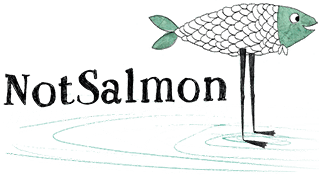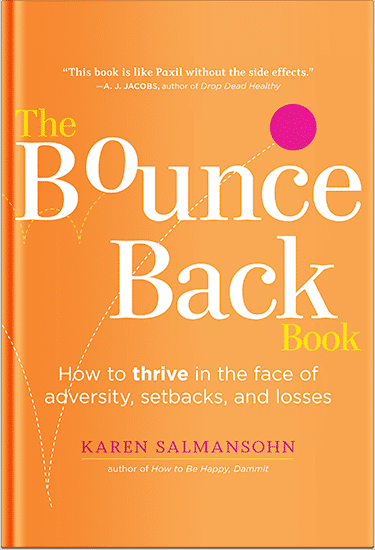 Nanoplastia is gaining popularity as a smoothing treatment that promises straighter, shinier, and healthier-looking hair. But with so many hair treatments on the market, it’s important to ask: Is nanoplastia good for your hair? To answer that, let’s explore how it works, its benefits, potential drawbacks, and how it compares to other treatments.
Nanoplastia is gaining popularity as a smoothing treatment that promises straighter, shinier, and healthier-looking hair. But with so many hair treatments on the market, it’s important to ask: Is nanoplastia good for your hair? To answer that, let’s explore how it works, its benefits, potential drawbacks, and how it compares to other treatments.
Understanding Nanoplastia Treatment
Nanoplastia is a hair treatment designed to smooth and align the hair structure using a formula rich in amino acids and natural ingredients. Unlike keratin treatments that often use formaldehyde, nanoplastia is marketed as a formaldehyde-free solution that reshapes hair by infusing proteins and vitamins. So, for those seeking nanoplastia treatment in Mississauga, salons like Hairmaster Hairsalon offer professional applications using high-quality products suited for various hair types, ensuring safe and effective results.
Evaluating the Treatment Benefits
One of the main reasons people consider nanoplastia is its ability to transform frizzy, wavy, or damaged hair into a smoother and more manageable version. Some key benefits include:
- Frizz reduction: Nanoplastia significantly reduces frizz by sealing the hair cuticle, especially in humid conditions.
- Shinier appearance: Treated hair often appears glossier due to better light reflection from smoother strands.
- Easier styling: The smoothing effect simplifies daily styling, reducing the need for heat tools.
- Hair hydration: The formula contains nourishing components like amino acids and essential oils that help improve hair moisture balance.
These effects can last two to six months, depending on the hair type, post-treatment care, and washing frequency.
Identifying Potential Side Effects
While nanoplastia is generally considered safer than some other treatments, it’s not completely without risk. Here are some possible drawbacks to keep in mind:
- Initial hair dryness: Some users report dryness or rough texture in the first week after treatment. This can be due to improper aftercare or how the hair responds to the formula.
- Scalp sensitivity: Though rare, some individuals may experience irritation or discomfort on the scalp.
- Breakage risk: If the hair is already chemically treated or extremely fragile, excessive heat during the flat ironing phase may lead to breakage.
- Lack of volume: The smoothing effect can sometimes cause hair to look flatter or weigh it down, especially in individuals with fine strands.
Proper application by a professional, along with suitable aftercare products, can help minimize most of these effects.
Assessing Hair Suitability
Nanoplastia works best for individuals with frizzy, thick, or curly hair who want a smoother appearance without extreme chemical exposure. However, it may not be ideal for everyone. Here’s who should be cautious:
- People with very fine or thin hair: The treatment can cause a lack of volume or make hair appear limp.
- Those with severe damage: Hair already compromised by bleach or multiple chemical processes may be at higher risk of breakage from heat.
- Pregnant or breastfeeding individuals: While it is marketed as safer than keratin, it’s best to consult a doctor due to varying sensitivities and ingredients.
Consulting a qualified stylist is essential to determine if your hair type and condition suit nanoplastia.
Maintaining Post-Treatment Results
To extend the benefits of nanoplastia, aftercare is crucial. Here are some recommended practices:
- Use sulfate-free products: Harsh shampoos can strip the treatment from the hair prematurely.
- Avoid excessive heat styling: Although the treatment reduces frizz, regular use of hot tools can still cause damage.
- Limit washing frequency: Washing your hair less often may help retain its smooth texture and glossy appearance.
- Deep conditioning: A hair mask or deep conditioner once a week helps nourish hair and prevent dryness.
Following the recommended care routine can prolong results, and overall hair health can be preserved.
Takeaways: Making an Informed Choice
So, is nanoplastia good for your hair? For many, the answer is yes—especially if you’re looking for a formaldehyde-free smoothing solution that also benefits conditioning. A successful result relies heavily on your hair type, the stylist’s experience, and consistent upkeep.
If you’re considering it, book a consultation, ask about the ingredients used, and discuss your hair history. That way, you can ensure that the treatment supports your hair goals without compromising its health.
P.S. Before you zip off to your next Internet pit stop, check out these 2 game changers below - that could dramatically upscale your life.
1. Check Out My Book On Enjoying A Well-Lived Life: It’s called "Your To Die For Life: How to Maximize Joy and Minimize Regret Before Your Time Runs Out." Think of it as your life’s manual to cranking up the volume on joy, meaning, and connection. Learn more here.
2. Life Review Therapy - What if you could get a clear picture of where you are versus where you want to be, and find out exactly why you’re not there yet? That’s what Life Review Therapy is all about.. If you’re serious about transforming your life, let’s talk. Learn more HERE.
Think happier. Think calmer.
Think about subscribing for free weekly tools here.
No SPAM, ever! Read the Privacy Policy for more information.
One last step!
Please go to your inbox and click the confirmation link we just emailed you so you can start to get your free weekly NotSalmon Happiness Tools! Plus, you’ll immediately receive a chunklette of Karen’s bestselling Bounce Back Book!


 Nanoplastia is gaining popularity as a smoothing treatment that promises straighter, shinier, and healthier-looking hair. But with so many hair treatments on the market, it’s important to ask: Is nanoplastia good for your hair? To answer that, let’s explore how it works, its benefits,
Nanoplastia is gaining popularity as a smoothing treatment that promises straighter, shinier, and healthier-looking hair. But with so many hair treatments on the market, it’s important to ask: Is nanoplastia good for your hair? To answer that, let’s explore how it works, its benefits, 